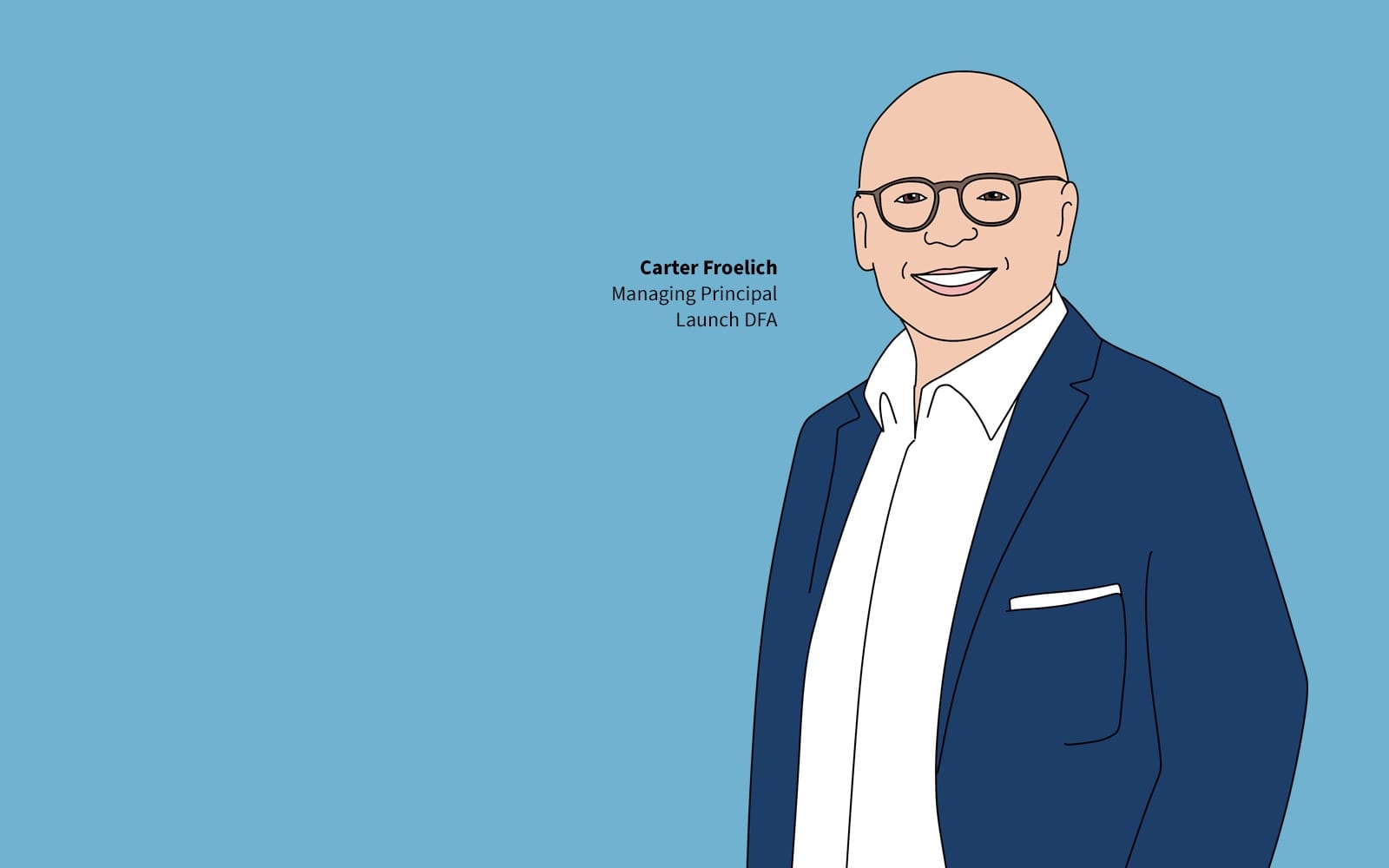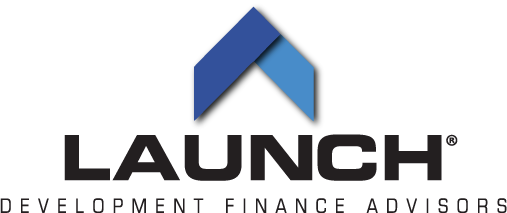Capital
Developers, Builders Can Rewire Timing Of Infrastructure Financing
Here's how developers can and do unlock earlier cash flow through forward-looking models built on assessed value projections. This simple but powerful shift in timing has translated into over $1 billion in Texas infrastructure capital moved to the front end of deals in the past year alone.

In a spring 2025 season marked by softening traffic, heightened affordability headwinds, and corporate belt-tightening, homebuilders are looking for new ways to de-risk their land books without losing momentum on development. Many have responded by delaying lot takedowns, walking away from land positions, or slashing budgets to protect margins.
But what if the problem isn’t land ownership but timing?
That’s the premise behind the Texas Forward Funding Launch Bond®, a forward-funding tool pioneered by Launch Development Finance Advisors (“Launch”). Designed to unlock cash trapped in early infrastructure investment for projects in Texas utilizing MUD, MMD and/or WCIDs (collectively, “District(s)”), the Launch Bond allows developers to receive capital years before their projects accumulate enough assessed value to trigger District bond reimbursements.
We get paid to accelerate cash into the project pro forma," says Carter Froelich, Managing Principal at Launch. “The Launch Bond is tax-exempt, non-recourse, doesn’t encumber the land, and doesn’t change how Districts operate. The Launch Bond allows to reimburse and/or fund District infrastructure sooner in the development processes than otherwise available. District bond proceeds are then utilized to repay the Launch Bond until retired, at which point District proceeds flow to back to the developer. This allows developers to receive reimbursements today, instead of waiting three to five years for it."
In a normal District financing cycle, a developer fronts millions for roads, water, sewer, storm drain, roads and recreational infrastructure. Reimbursement through District bond issuance comes only after homes are built and taxable value accumulates—a process that can stretch well past the 36-month mark.
With the Launch Bond, developers use third-party market studies and District financial advisor projections to estimate what future District revenues are anticipated to be. That projected income stream is then used to size the Launch Bond, typically at a 1.3x to 1.5x debt service coverage ratio. Institutional investors purchase the bonds, and proceeds flow immediately back to the developer to reimburse and/or fund new District eligible facilities — typically within 90 days of engagement with Launch.
Most developers don’t know that they can assign their District receivables and receive 80 to 85 cents on the dollar today," Froelich says. “And importantly, the District still operates under all Texas Water Code, TCEQ and Attorney General rules. Nothing changes in their processes."
That simple but powerful shift in timing has translated into over $1 billion in Texas infrastructure capital, which, according to Froelich, moved to the front end of deals in the past year alone.
Starwood's $200M Cash Advance
In one widely watched example, Starwood Land consolidated 10 Districts across four master-planned projects into a single $165 million Launch Bond issuance. Instead of issuing separate Launch Bonds on a project-by-project basis, Starwood was able to batch its District reimbursable costs, generate economies of scale, and receive a return of infrastructure costs years ahead of schedule.
They had over $300 million in reimbursable costs and were waiting on AV to catch up," Froelich says. "We brought them $165 million in six months. Then another $44 million later a few months later. I’m assuming that this has made a positive impact on their project economics."
More Use Cases Emerging
The Starwood example is just one of several variations on how the Launch Bond is being applied to accelerate capital and reduce friction in large-scale land deals. Other noteworthy Launch Bond use cases include:
- The Highlands — The first Forward Funding Partial Pledge Bond, enabling a staged reimbursement schedule based on known infrastructure segments.
- Thomas Ranch — The first Forward Funding Progress Reimbursement Bond, where a $106 million issuance enabled the developer to both reimburse $6 million in prior costs and fund ongoing horizontal work.
- River Ranch — The first Forward Funding Multiple Investor Bond, bringing together capital from several institutional players under one issuance, tailored to a large-scale, phased project.
Each of these cases demonstrates Launch’s willingness to custom-craft solutions based on the landholder's specific needs, jurisdictional realities, and the projects' capital goals.
Liquidity Without Recourse
The Launch Bond isn't just fast. It's also flexible. Because repayment comes only from pledged future District proceeds, there are no corporate or personal guarantees, no lien on the land, and no impact on existing entitlements.
The Launch Bond buyers can’t come after the developer, the District, or the land," Froelich says. "It’s truly non-recourse. That’s huge for builders trying to preserve optionality."
And optionality matters more than ever in today’s market. Public builders particularly want to reduce lot positions and streamline their land exposure. But cutting deals isn’t the only path to risk reduction. Accelerating cash through forward financing—even at a slightly higher rate—can improve IRR, reduce capital stack friction, and give divisions the resources to pivot quickly.
Having more cash flowing into your project pro-forma is not necessarily a bad deal," Froelich notes. “If I can bring a division $45 million now, rather than three years from now, that improves ROA, ROI, and execution on the ground."
From Texas to the Nation
Texas has become the proving ground for the Launch Bond. That's in part because Districts operate independently from city or county politics, creating fewer bureaucratic chokepoints. This makes the forward-funding model viable within existing statutes.
Still, Froelich sees broader applications ahead. Launch is already executing deals in California and Arizona, and even helping some states draft new statutory frameworks to enable similar models.
We can't finance 35-year projects with three-year money," he says. "Jurisdictions are out of the infrastructure business. The private sector needs to fill that gap — but we have to do it at the speed of business, not the speed of bureaucracy."
In markets where delays in permitting, zoning, or district formation make traditional special district financing unworkable, Launch looks for workarounds—like embedding financing terms directly into annexation and development agreements.
A New Playbook for Builder CFOs
For CFOs or division presidents who are used to traditional takedown schedules and reimbursement timelines, the Launch Bond can seem unconventional. But Froelich frames it in familiar terms.
Sure, we compete with corporate borrowing rates, but it’s not always about lowest cost of capital," he says. "This is about free cash flow. If I can accelerate cash into a division, they can execute faster, with more confidence, and less dependence on mother ship approvals."
In an uncertain spring selling season, the builders who know their cash flow timing may hold the ultimate competitive edge.
MORE IN Capital
Capital Optionality Is 2026's Winning Homebuilder Strategy
Tony Avila breaks down the competitive edge capital brings—and how private builders can win big in 2026’s reshaped landscape.
How Developers Can Miss Millions In Infrastructure Recovery
Too many landowners front infrastructure costs without a plan to get paid back. Carter Froelich explains how to set up recovery mechanisms early — before it’s too late.
Toll Brothers Exits Apartments, Sharpens Playing To Strengths
The $347 million sale of Toll Brothers’ Apartment Living platform to Kennedy Wilson transfers $5.2 billion in assets under management and a national development team. For Toll, it’s less about retreat than an embrace of its cultural pedigree of focus, discipline, and luxury market leadership.


